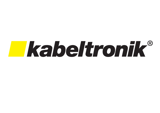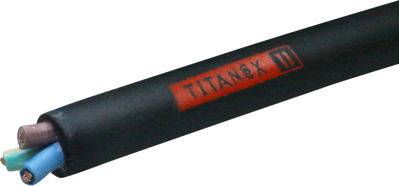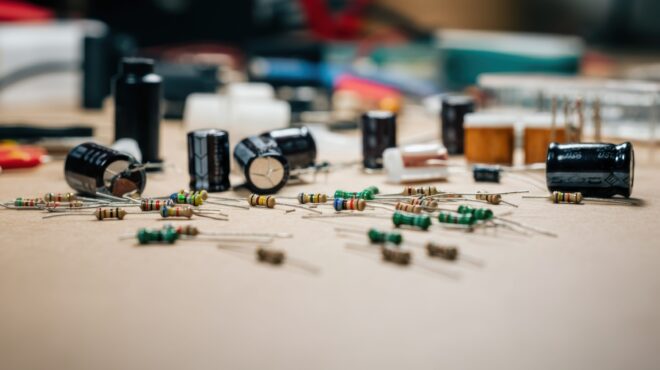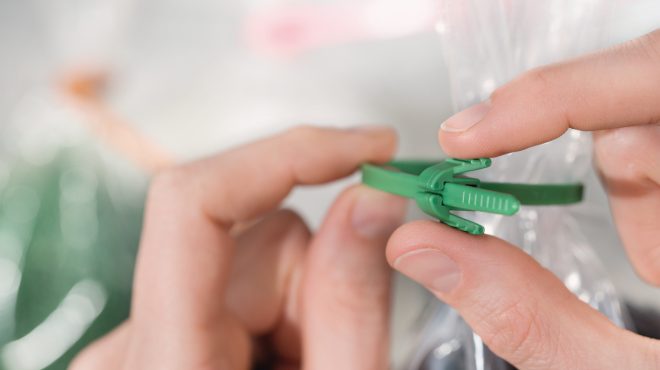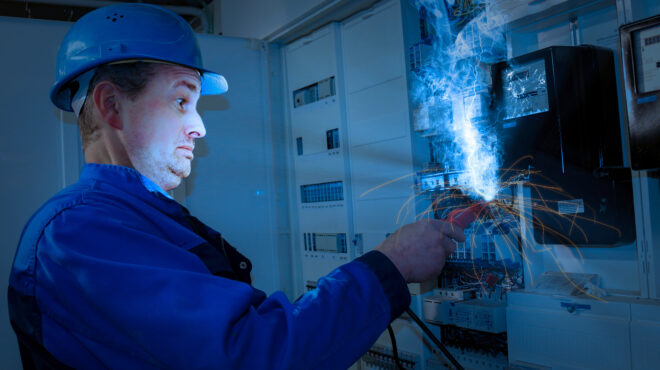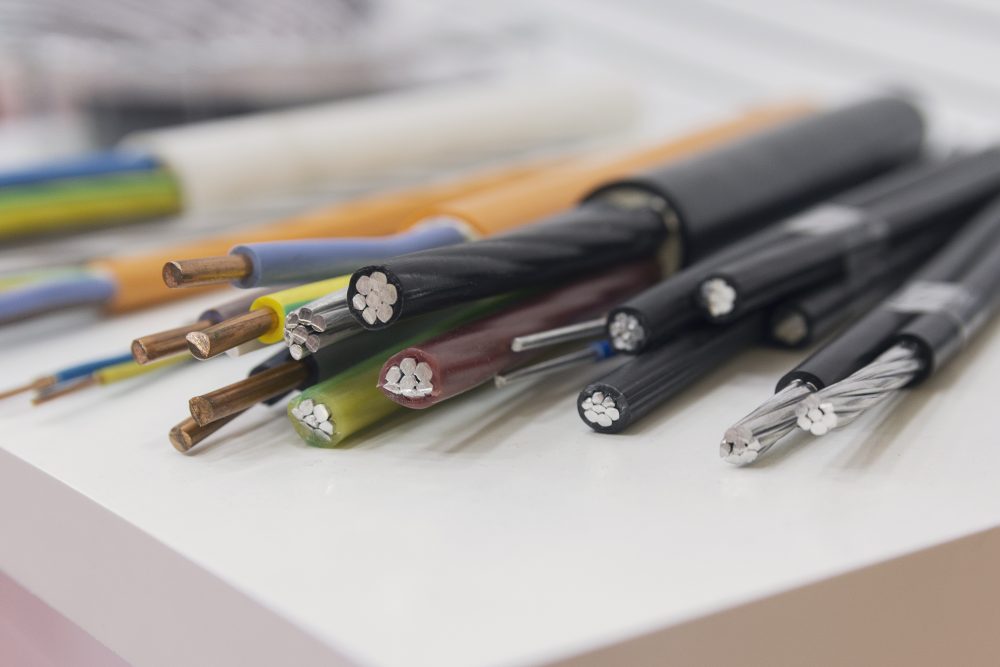
Cables and Wires: Their Functions and Applications
Their functions and areas of application are diverse, but which cables and wires are suitable for what? Learn all about cable types according to function and place of use as well as the cable type key of harmonized and nationally recognized cables in our article.
Cables and wires for use in harsh environments
Cables and wires must withstand increasingly difficult external conditions. The demands on the resilience of their sheathing materials and shielding and the performance of the cores are increasing. Depending on the specific area of application, the individual components are being optimized more and more to meet the high material loads. The goal: increased performance with smaller bending radii, increased temperature resistance, increased UV protection and better damping against mechanical forces.
What are the types of cables?
Before laying the cables, it is necessary to check what purpose the cables will serve and in which local area they will be used. According to the respective requirements for the cable construction, the appropriate cable type must be selected.
Cable types differentiated by function
- Power cable: single- or multi-wire composite of cores for power transmission
- Data cable: used for data transmission in information and communication technology
- Control cables: for the transmission of switching states and control signals.
- Audio modulation cable: modulates useful signals into another frequency range – varies the paramaters (for example amplitude, frequency or phase of the carriers). Serves for signal transmission.
- Combination lines / hybrid lines: combine power and data transmission in one line
Depending on the type of cable, various functions can be handled via the line: Modern data cables, for example, increase the data transmission rate of networks. Energy cables secure the supply of new types of power networks, and power-efficient control cables ensure that the transmission of control signals succeeds under extreme weather conditions.
Cable types differentiated by function
- Underground cable: robust cabling for outdoor power supply
- Heat- and cold-resistant cables: special cables for use in highly fluctuating or extreme temperatures (e.g. in industrial plants)
- Offshore cables: Cables complying with protection classes BS 6883, BS 7917, NEK 606 (mud resistant) and IEEE 1580
Depending on the area of application, the requirements for the cabling are greater or lesser. For example, if several technical devices are connected next to each other, the individual installations must not interfere with each other due to unwanted electrical or electromagnetic effects. In this case, cables with power-efficient EMC protection are needed.
Cable type key: from harmonized and nationally recognized cables
In terms of effective installations, the correct cable types must be selected depending on the intended use. For correct assignment, there is a national marking and an internationally “harmonized” designation for insulated cables. The coding on the cables provides information about the loads to which the cables can be subjected. This is intended to prevent misuse and minimize damage to electronic equipment or installations.
The type abbreviation consists of several coding elements, each of which outputs specific information about the corresponding cable. The individual elements are:
- Type: defined by the descriptions “H” for harmonized and “A” for nationally recognized lines
- Volt: expressed by the three number combinations “03” (300 volts), “05” (300 volts to 500 volts) and “07” (450 volts to 750 volts)
- Insulating and sheathing materials: increase damping, UV protection, oil resistance and temperature resistance. Materials designated for such lines are ethylene-propylene rubber (B), PVC (V), natural and synthetic rubber (R), chloroprene (N) and silicone rubber (S), fiberglass (J), textile fabric (T) and polyurethane (Q).
- Conductor: H describes flat and divisible conductors, H2 non-divisible conductors.
- Conductor type: Features such as solid (U), stranded (R), fine-stranded solid (K), fine-stranded flexible (F), fine-stranded (H), Lahn stranded conductor (Y) and oil-resistant (ö) are shown.
- Wire count: provides information about the number of cores in the line (for example, 12 or 25)
- Protective conductor: In addition to the color coding (green or yellow), an “X” indicates that the wiring does not have a protective conductor, while the “G” marking indicates the presence of a protective conductor.
- Conductor cross-section in square millimeters: describes the cross-section of the cabling (for example, 10 square millimeters)
Cable marking example of a H07RN-F3G1.5 cabling of the manufacturer Nexans: This is a harmonized cable whose rated voltage is between 450 volts and 750 volts. The sheathing is made of chloroprene rubber, and the conductor insulation is a natural synthetic rubber compound. In addition, the cabling is fine-stranded-flexible and based on five cores. The cable is equipped with a protective conductor, the cross-section is 1.5 square millimeters.

Which cables are suitable for which application?
The properties (in terms of insulation, rated voltage, etc.) of the cables determine the areas of application for which the cabling is ultimately suitable. For example, rubber hose lines (with the designation H05RN-F) are designed for applications with lower mechanical stresses. This includes the connection of electrical devices (for example, soldering irons or alarm systems) indoors.
Rubber hose cables in a medium-heavy categorization (H07RN-F) can also be laid outdoors – for example, on construction sites.
Where are control conductors used?
Control cables are laid in production plants, for example, and these are becoming increasingly complex. The environmental conditions in which control cables must function are also changing. High mechanical and thermal stress can quickly cause damage to the sheathing. The consequence: Wire breaks and corkscrews (deformation due to overloading of the cable during the bending process – resembles the spindle of a corkscrew, the cable breaks open). In case of emergency, the entire system may fail.
The three control wire types in production plants:
- Sensocord control cable from the manufacturer Kabeltronik (fine-stranded) for connecting sensors and actuators
- Control cable (fine-stranded, shielded and halogen-free) of the manufacturer’s series Ölflex-Robust-215C for use under extreme (external) ambient conditions – for example in industrial or chemical plants.
- Control cable H07RN-F-3G1.5 Titanex (flexible) for installations with moving equipment – resistant to tensile, compressive and impact forces. Provides protection against high temperatures and is oil resistant.
Buy wires and cables at Bürklin Elektronik
Whether for energy transmission, the exchange of information and data or the transmission of switching signals. Cables and wires must meet different requirements in the respective areas of application. Bürklin Elektronik offers a broad portfolio of cables and wires from leading product manufacturers – learn more now!
